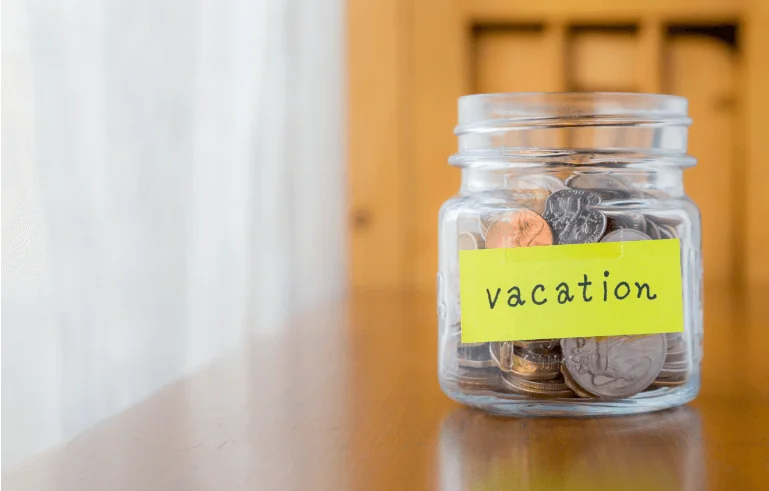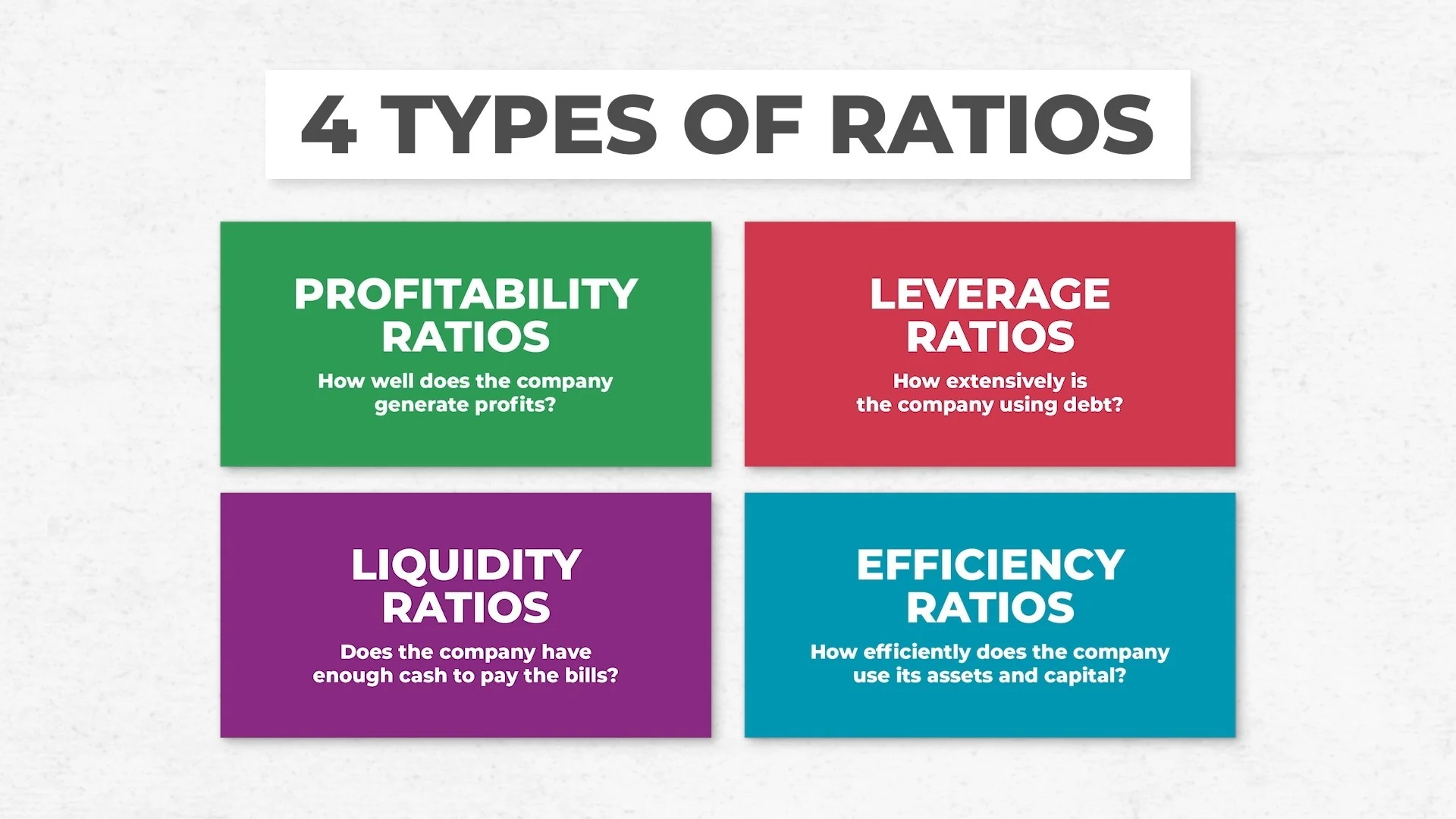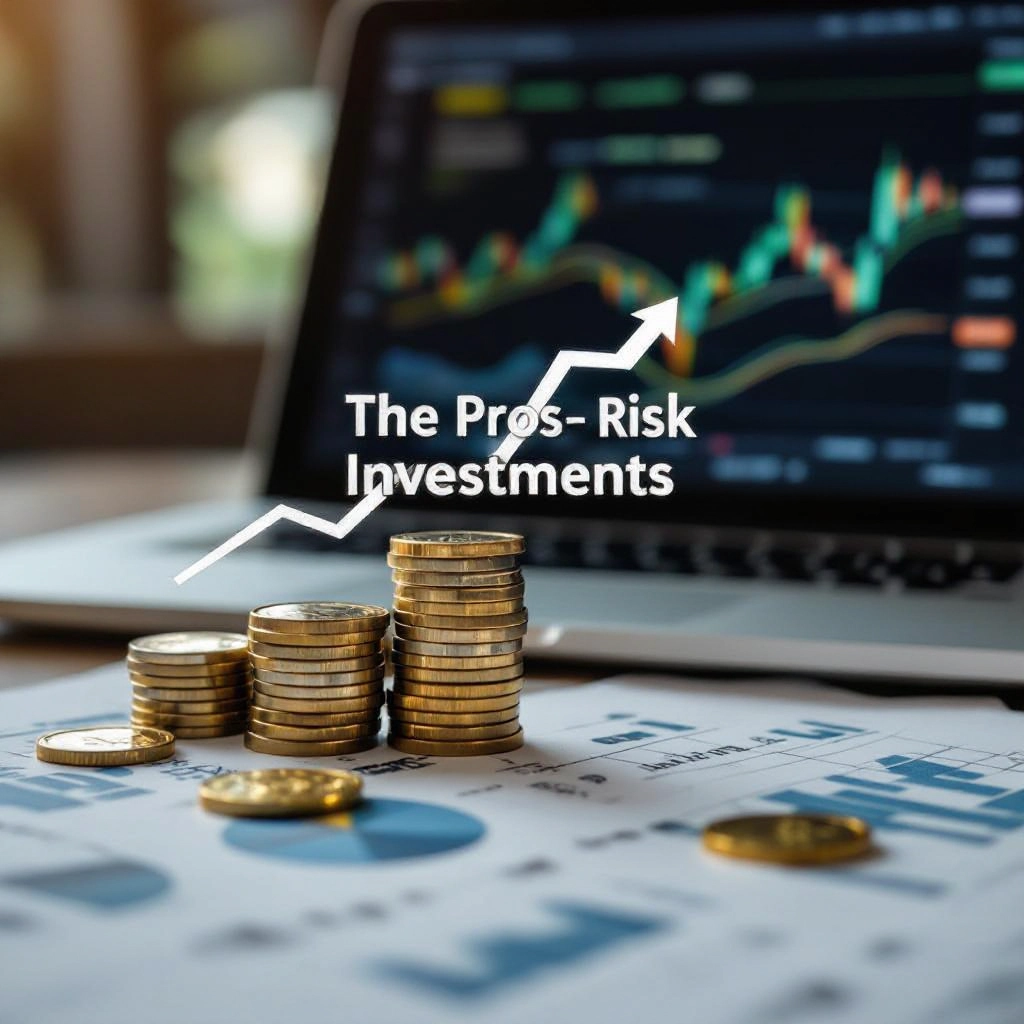In the complicated and interesting world of finance, investors are always looking for new and better ways to grow their money. People who want a steady stream of money are definitely interested in traditional portfolios. But there is another type of chance that attracts people who aren’t afraid to take risks. These are often called “high-risk investments.” These investments have a high chance of making or losing a lot of money, so they aren’t good for people who are financially conservative or easily upset. Every investor who is thinking about making a high-risk investment needs to know all the pros and cons of doing so. Even though the risk is higher, these projects could make more money.
The main and most convincing reason to take calculated risks when looking for investment opportunities is the chance of making a lot of money. If you want to see your money grow quickly instead of slowly, like with blue chip stocks or government bonds, you might want to put your money into high-risk assets. Think about new businesses in cutting-edge fields like AI or biotech. Returns on a small initial investment in a new and growing business might be much higher than they would be in a mature market. On the other hand, people who were able to perfectly time their entries and exits have sometimes made huge profits by investing in developing markets, commodities with high volatility, or cryptocurrencies. This tempting idea of quickly making a lot of money is a strong draw for investors who want to reach their financial goals faster.
High-risk investments can also help diversify a portfolio, which is another strategic benefit. It may seem strange to add volatile assets to a portfolio, but moving away from traditional safe havens like Treasuries and stocks can actually help lower risk. Some high-risk assets may not respond to or even benefit from drops in more traditional markets. For example, some commodities or alternative investments may keep their value or even rise during times of economic instability, making up for losses in other areas. The goal of spreading out your investments is not to get rid of all risk, but to make your portfolio more stable when the market changes. There will be some things that are hard to predict, but this could lead to more stable long-term returns.
Investing in high-risk assets also gives you learning opportunities and market insights. Even for experienced investors, getting into these complicated fields usually requires a lot of research, a deep understanding of how the market works, and a sharp eye for new trends. You can improve your financial management skills and get a leg up on the competition by doing this kind of research and development on a regular basis. Think of an investor who really gets into the science and politics of a new cryptocurrency or the things that affect the price of oil. You can improve your overall investment strategy across different asset classes and learn things that go beyond the individual investment through this type of hands-on learning.
But there’s also a good chance of losing a lot of money when the possible rewards are very high. This is a bad thing about putting money into high-risk assets. High-risk investments can and do wipe out the initial investment, unlike safer assets, where losses are often limited. There could be instability in the market, startups failing early on, and speculation-based assets losing value all of a sudden. Venture capital has a lot of failures compared to successes, which shows how risky it is. People who invest in these kinds of businesses should be ready to lose all of their money. Because of this, they are not a good choice for emergency funds or savings for retirement.
Another big problem with these investments is that they are mostly unpredictable and very volatile. Prices of high-risk assets tend to change quickly and dramatically because of market mood, speculative trading, or unexpected events, rather than their inherent value. You might act quickly because you’re emotionally drained from dealing with so much change, which could make your losses worse. When there is no stability or predictability, it is harder to plan for the long term, especially when you need to be able to handle a lot of risk. German investors, who are usually more careful with their money, may be especially worried about how volatile some high-risk assets are. It’s important to know how much risk you can handle in situations like these.
Finally, high-risk investments often have complicated market conditions and limited liquidity. Some high-risk investments, like private equity or certain alternative investments, have long lockup periods that make it hard to get quick access to assets when you need them. This is different from how quickly you can buy and sell stocks or bonds that are traded on the open market. You need to know a lot about these markets if you want to avoid problems like fraud or overvalued assets. This is because they may not have as many rules or be as open as regular exchanges. To get through these hard problems, you need to be an expert, be patient, and be ready to do a lot of research.
Last but not least, high-risk investing has two sides. They can make a lot of money and help spread out a portfolio’s risk, but they also have a lot of uncertainty, big price swings, and the chance of losing money. For experienced investors, these investments can be a great way to quickly build up wealth, but only if they are willing to take on a lot of risk, have a diverse portfolio, and know that they should only invest a small part of their total cash. For most people, especially those who want to protect their money or rely on a steady income, a more cautious approach is still the best way to go. Take a moment to clear your mind and think about the pros and cons of this high-stakes area before you jump in.






